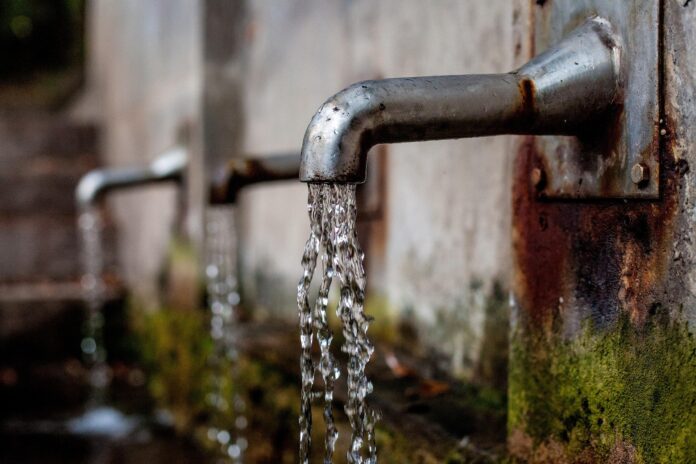While the prefecture has placed several municipalities in the Alpes-Maritimes under drought alert or heightened alert, the Nice Côte d’Azur Metropolis considers that the hydrological situation on its territory remains satisfactory. It requests a revision of the decrees to better reflect local realities.
The Alpes-Maritimes prefecture announced on July 29 the transition of forty municipalities to drought alert and five others to heightened alert. The measures aim to limit water consumption amid decreasing flow rates and high temperatures.
The rainfall of the last autumn and winter had suggested a return to normal after two years marked by drought. Météo-France recorded a precipitation total slightly above the annual average. However, the particularly dry month of June 2025 and the persistent heat reversed the trend.
In June, the rainfall deficit reached 86% compared to forecasts. July showed a decrease of nearly 40%. At the same time, temperatures exceeded the seasonal average by 4°C. Result: soil moisture decreased, particularly along the coast, and river flow rates are diminishing.
The mountainous areas present a different profile. Precipitation and snowmelt maintain stable reserves there. The water resource committee, meeting on July 25, thus opted for differentiated measures according to territories.
Different rules according to alert levels
Under drought alert, watering of gardens, lawns, and vegetable patches is prohibited between 8 AM and 8 PM. Filling private swimming pools is forbidden, except to maintain the level. Water games are suspended. Fountains must be turned off unless they operate in a closed circuit.
Car wash centers must restrict their activity unless they have a recycling system. Farmers have their irrigation times reduced, and their consumption is limited by 20%. Golf courses are subject to similar restrictions.
Under heightened alert, the constraints increase. Watering of green spaces is forbidden, except for plantations under three years old, with restricted hours. Beach showers must be closed, except on accessible beaches.
These measures notably concern Cagnes-sur-Mer, Vence, and Saint-Paul de Vence.
The Metropolis highlights its own data
The Nice Côte d’Azur Metropolis emphasizes that its indicators do not reflect a tense situation. According to the Water and Sanitation Authority, the levels of groundwater and mobilized resources remain higher than those of 2021, 2022, and 2023. The very rainy year of 2024 helped maintain these reserves.
Christian Estrosi, mayor of Nice and president of the Metropolis, recalls the efforts made: “since 2013, the Nice Côte d’Azur Metropolis has chosen to take control of water management in public control, committing over 270 million euros in investments to modernize the networks, secure supply and improve sanitation.”
He believes that the classification of certain municipalities, such as Cagnes-sur-Mer, in heightened alert could be reassessed: “we are requesting the revision of the Prefectural Decree, so that it best reflects local realities and notably allows for the reopening of municipal beach showers.”
The Metropolis calls for ongoing dialogue with the state so that decisions are based on precise and updated indicators. It recalls having proposed as early as 2022 a Territory Project for Water Management over the Var basin.
The prefecture insists on vigilance
Prefect Laurent Hottiaux emphasizes the necessity of collective mobilization: “I call on all Maralpins, individuals, and professionals, as well as tourists to demonstrate civic responsibility and moderation in their water usage.”
Controls will be carried out to verify the application of the restrictions. Practical tips for saving water are available on the VigiEau platform.
Between favorable local data and cautious departmental measures, water management in the Alpes-Maritimes is now based on a balance between prevention and adaptation to the terrain.


